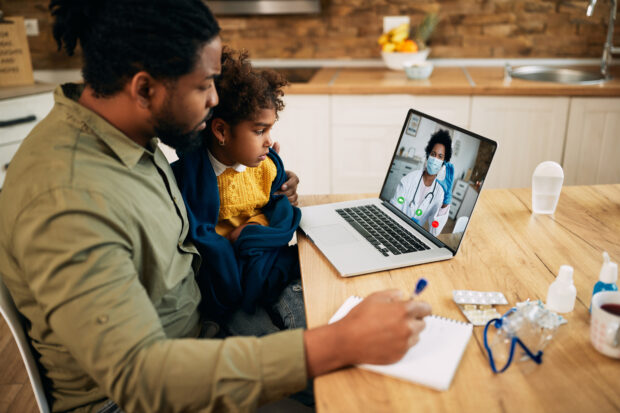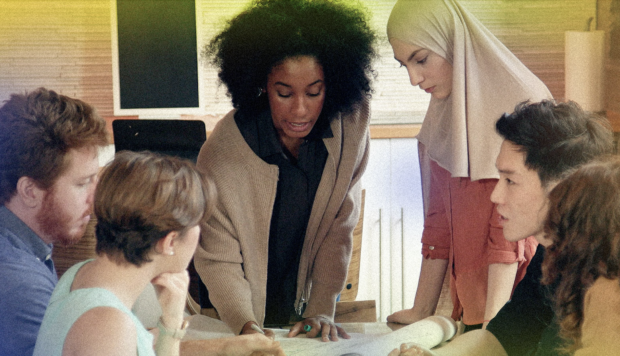Our work at the Digital Impact Alliance revolves around a simple goal: to build a positive digital future. We know that digital infrastructure has the ability to radically transform the lives of people all around the world, opening doors for greater inclusion and social progress. However, it would be remiss of an organization like ours to ignore the barriers that exist for specific demographics and communities – one of them being women.
A large part of the discussion around women and technology focuses on the concept of access. Yes, there still remain hundreds of millions of women across the globe who do not have physical access to digital technology. Many women and girls do not have mobile phones, laptops, or an internet connection. Many more women do not have digital identity and payments solutions that can bring them into the formal economy. These problems must be addressed.
But access is not the only issue. Affordability, usage, value proposition, and experience are all fundamentally different for women and men. For example, this World Bank Findex report showed that despite technically having access to the right technology, one in three mobile bank account holders in low-income countries still require assistance when making bank transfers and utilizing their digital wallets. This one indicator reveals systemic issues women face in terms of lower digital skills and greater vulnerability.
This reminds me of my early career in microfinance when traveling to El Salvador where I met women who reported higher levels of domestic violence after gaining access to banking services. Access to finance – not unlike access to digital tools – can disrupt power structures and, in so doing, lead to devastating unintended consequences. This is not true in all – or even in the majority of situations – but an important reminder that we cannot be ignorant to power dynamics that have existed for generations. We cannot simply provide women with access to technology and believe that gender equity has been achieved.
I remain a fervent supporter of expanding digital public infrastructure for the many ways these technologies can improve almost every aspect of life for women. By having control over one’s own data, women can unlock a plethora of beneficial services and opportunities. A digital wallet means financial freedom, credit-building, and the ability to harness the power of the purse. Digital medical records mean safer, securer, and more streamlined access to medical necessities, such as vaccinations. And the list goes on.
But as we drive toward universal access and expanded digital public infrastructure, governments and policymakers must put real force behind funding and investing in ethnographic research which explores the nuances of the communities they serve. Technology alone cannot change millenia-old biases against women or single-handedly erase gender inequity. The key is understanding that these challenges do exist and embedding institutional and societal realities into our technology. This means looking into customs, habits, and mutual differences, identifying where they should be focusing their digitalization efforts, and beyond. Such research will provide key insights into how to best work with and for women, ensuring they have equitable opportunities to men.
To reinforce, helping women does not mean disadvantaging men. In fact, a 2021 A4AI report showed that closing the digital gender gap would benefit and create opportunities for all, with over half a trillion dollars currently being squandered due to digital gender inequity. Gender equity will not be achieved with the snap of a finger or the click of a button, but digital tools can massively improve the well-being of women if we get it right and if we take the time to understand how women are experiencing the digital world around them.
In the spirit of championing gender equity in the digital space, this International Women’s Day, I want to express gratitude and optimism that in our Alliance, we are breaking norms and barriers in the tech industry. Our organization’s leadership team is made up of over 70% women, a figure which is also equalled among our entire staff. This is a rare feat, and today is the perfect day to celebrate and reflect on how we, the Digital Impact Alliance, can apply our expertise and position as thought leaders to improve the lives of women, everywhere. Thank you to the incredible women of the Digital Impact Alliance who are listening, exploring, and creating opportunities for women everywhere.





